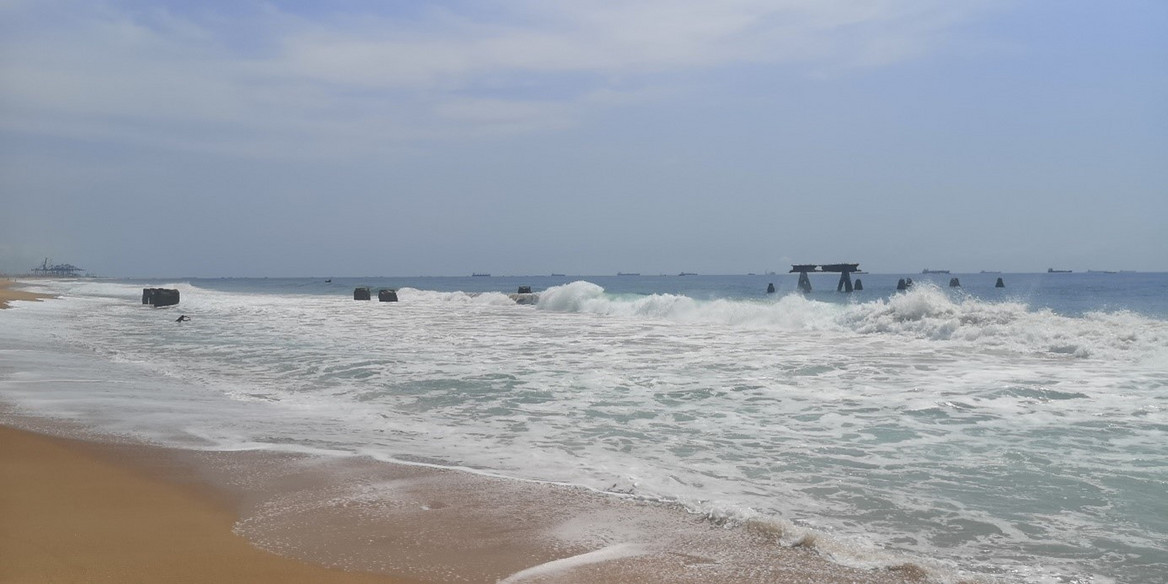Harbouring Globalisations: Post-Colonial Projects of German Port Constructions and West African Hinterland Connections, 1950s-1970s
Research department: Contemporary History and Archive
Project Leader within IRS: Paul Lennart Sprute
Funding Organization: VolkswagenStiftung
Duration: 04/2020 - 06/2024
This dissertation accounts for the crucial role of port constructions for West African histories of globalisation in the era of decolonisation between the 1950s and 1970s by analysing their material-spatial dimensions. Constructing ports was at the centre of a range of projects of globalisation pursued in late-colonial and independent West Africa by governments and international companies – from the late-colonial Portuguese rulers over Angola and the extractive concessionary open-door policy in Liberia, over the developmentalist model of post-colonial nation-building in Côte d’Ivoire to the booming petrostate of Nigeria. At the same time, these port constructions were also at the centre of the projects of globalisation of the German construction companies contracted to build them.
In analysing the material-spatial dimensions of globalisation co-shaped by these port constructions, this study accounts for their hinterlands, their onshore connections, beyond the view on a maritime infrastructure. These dimensions of port constructions should be grasped through the conception of a networked landscape accounting for both the material relations of the construction as well as the repercussions of the ports in operation. This perspective also serves as a lens to bring interactions between port constructions and construction workers as well as the port constructions’ neighbours into view. These range from the division of labour on construction sites to the claims to land with which constructions were connected to the effects of these constructions on living constellations.
In order to account for the role of port constructions in this way, it was necessary to work through company archives as well as to grapple with the challenges of historical fieldwork. The research makes use of a range of visual sources, from construction site photographs, drawings from travelogues and plans as well as maps to construction site movies.


